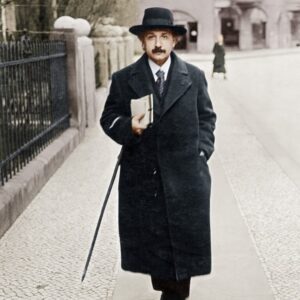Semiconductors and Quantum Spin Showing Promise in Quantum Computing
Quantum computing with semiconductor spins
Selected notes ~
+ Functional and scalable qubits must meet well-defined criteria. First, reliably initializing each qubit into one of its two levels must be possible. Second, the final state of each qubit must be knowable by a projective measurement that gives the correct answer with high probability. Third, qubit manipulation must be implementable using high-quality single- and two-qubit gates.
Intriguingly, spin qubits in semiconductors could also be integrated with classical integrated-circuit technology, including processing, memory, and the distribution of signals. Integration on chip is natural, because quantum-dot qubits use gate electrodes just as field-effect transistors do. Integration could also occur at the system level, with clusters of chips communicating with one another.
+ Imagine the spin state as a vector pointing on a sphere, commonly known as the Bloch sphere. Single-qubit gates correspond to rotations of the state vector that are independent of the state of any other qubit in the system. In the case of two-qubit gates, rotation of one qubit depends on the state of the other. And when the second qubit itself starts off in a superposition of states, the two qubits become entangled with each other. The recent satisfaction of all those requirements with quantum dots led to the demonstration of the first—and at two qubits the smallest possible—quantum semiconductor processor.
+ That single-electron spins in a semiconductor chip can act as qubits is remarkable. Unlike atoms or photons in a vacuum, an electron in a semiconductor resides in a noisy, solid-state environment. Engineering that environment so that it doesn’t rapidly degrade or decohere the spin-qubit states has been a key challenge for our field.
Source: PHYSICS TODAY. Lieven Vandersypen & Mark Eriksson, Quantum computing with semiconductor spins…
Image Credit: Published in: Lieven M. K. Vandersypen; Mark A. Eriksson; Physics Today 72, 38-45 (2019); DOI: 10.1063/PT.3.4270; Copyright © 2019 American Institute of Physics
Content may have been edited for style and clarity.

